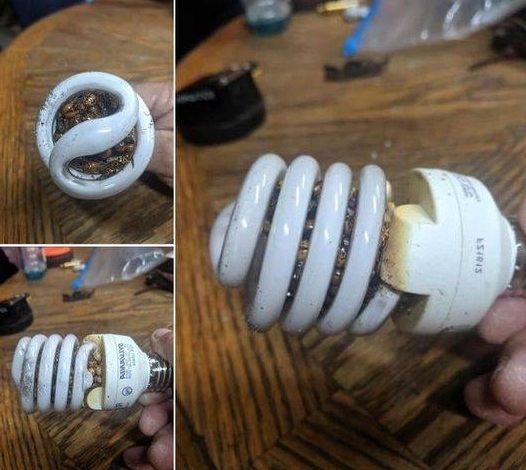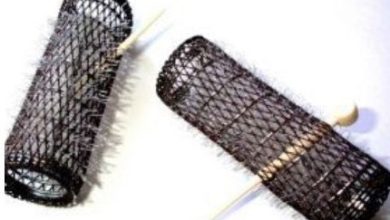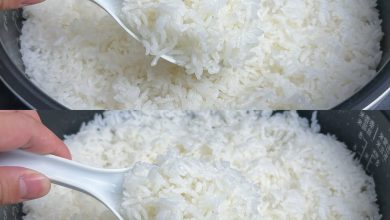
ADVERTISEMENT
The Hidden Danger of CFL Bulbs: What You Need to Know**
Compact Fluorescent Lamps (CFLs) revolutionized the lighting industry with their energy efficiency and long lifespan. However, as the image shows, these bulbs can sometimes harbor hidden dangers that many are unaware of. This article will explore the potential risks associated with CFL bulbs and offer tips on how to handle and dispose of them safely.
The CFL Bulb Breakdown
ADVERTISEMENT
CFL bulbs work by using a gas that produces ultraviolet light when electrified. This UV light then excites a phosphor coating inside the bulb, emitting visible light. While they are energy-efficient and environmentally friendly compared to traditional incandescent bulbs, CFLs come with their own set of risks.
Common Issues with CFL Bulbs
1. **Overheating**: As shown in the image, CFL bulbs can overheat. This can be due to poor ventilation, using the bulb in an enclosed fixture, or a defect in the bulb itself. Overheating can cause the plastic base to melt, potentially releasing toxic fumes.
2. **Breakage**: CFL bulbs are made of glass and contain a small amount of mercury, which is hazardous. If a CFL bulb breaks, it can release mercury vapor, posing a risk to health and the environment.
3. **Electrical Hazards**: Faulty wiring or manufacturing defects can cause electrical issues, leading to short circuits or even fires.
Preventing and Managing Overheating
To prevent overheating, follow these tips:
– **Proper Installation**: Ensure that the bulb is compatible with the fixture. Avoid using CFLs in enclosed fixtures unless they are rated for such use.
– **Ventilation**: Make sure there is adequate airflow around the bulb to dissipate heat.
– **Quality Products**: Purchase CFL bulbs from reputable manufacturers to reduce the risk of defects.
ADVERTISEMENT
Handling and Disposal of CFL Bulbs
Due to the mercury content, special care must be taken when handling and disposing of CFL bulbs:
– **Safe Handling**: Always handle CFL bulbs carefully to avoid breakage. If a bulb breaks, ventilate the area and follow the EPA’s cleanup guidelines.
– **Disposal**: Do not dispose of CFL bulbs in regular household trash. Many communities have special recycling programs for CFLs. Contact your local waste management authority for proper disposal instructions.
Benefits of Alternative Lighting
While CFL bulbs have been a popular choice, there are alternative lighting options that offer similar benefits without the associated risks:
– **LED Bulbs**: Light Emitting Diode (LED) bulbs are even more energy-efficient than CFLs and do not contain mercury. They have a longer lifespan and are available in various shapes and colors.
– **Halogen Incandescents**: These bulbs are more energy-efficient than traditional incandescent bulbs and provide excellent color rendering.
Conclusion
ADVERTISEMENT
CFL bulbs have played a significant role in reducing energy consumption and lowering electricity bills. However, it’s important to be aware of their potential risks and handle them with care. By following proper usage and disposal guidelines, you can enjoy the benefits of CFLs while minimizing any associated hazards. For those seeking safer alternatives, LED bulbs offer an excellent option with even greater efficiency and longevity.
—
Feel free to customize this article further or let me know if you need additional information or another topic!
ADVERTISEMENT




